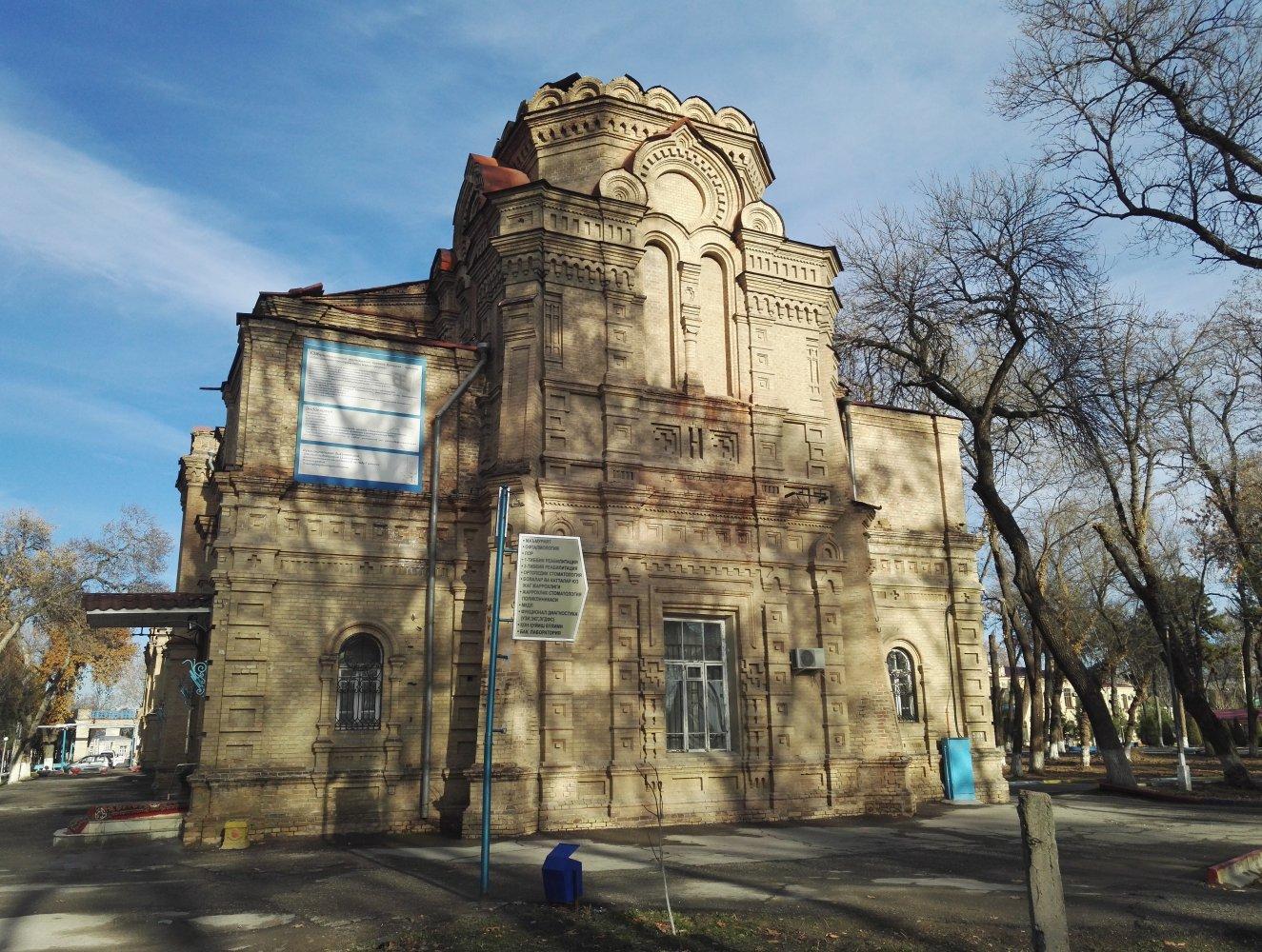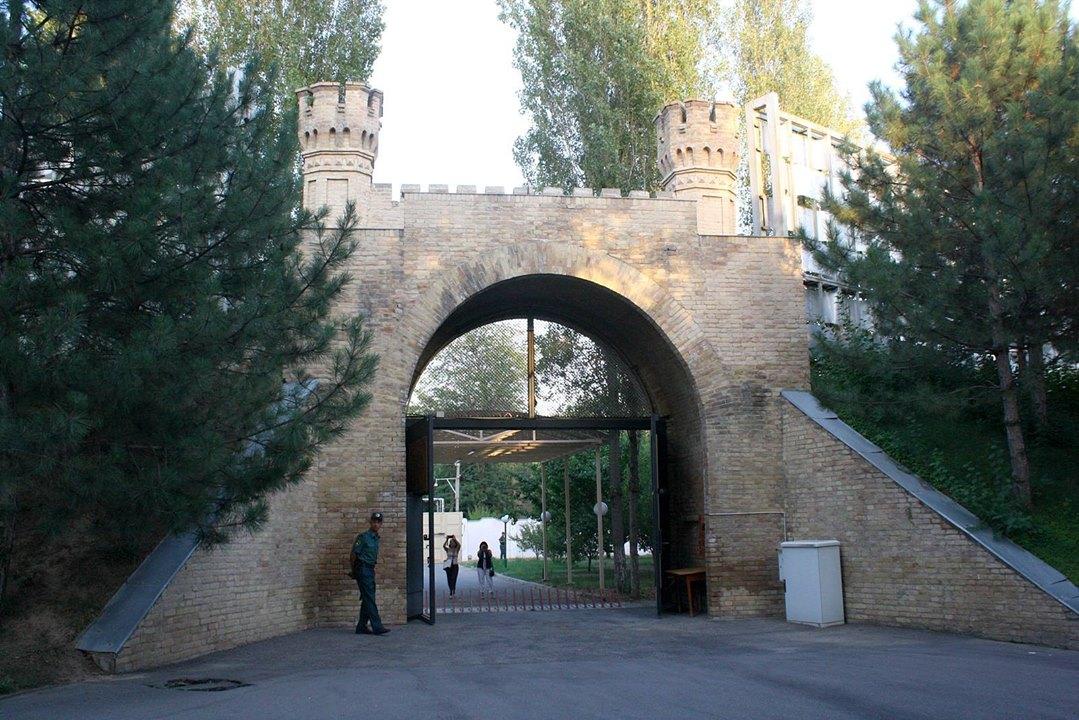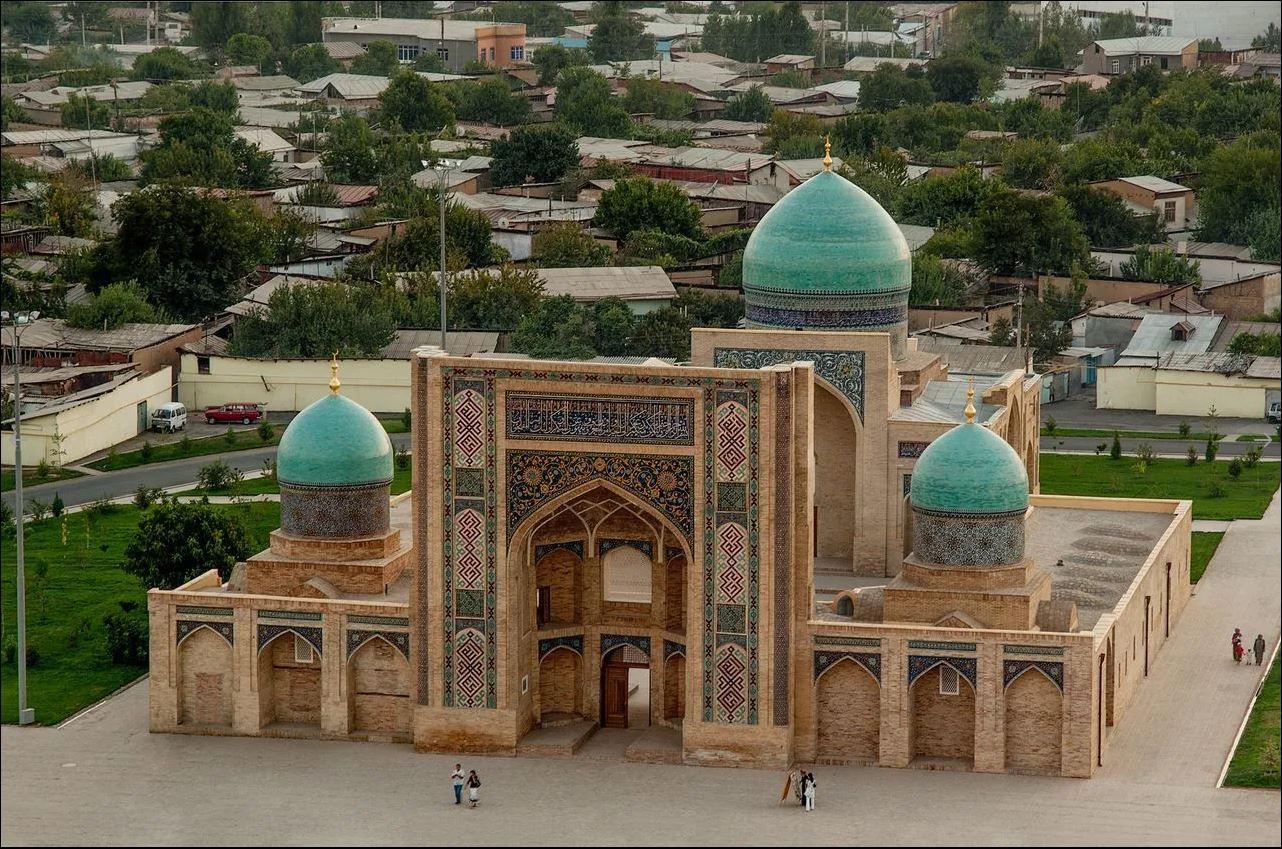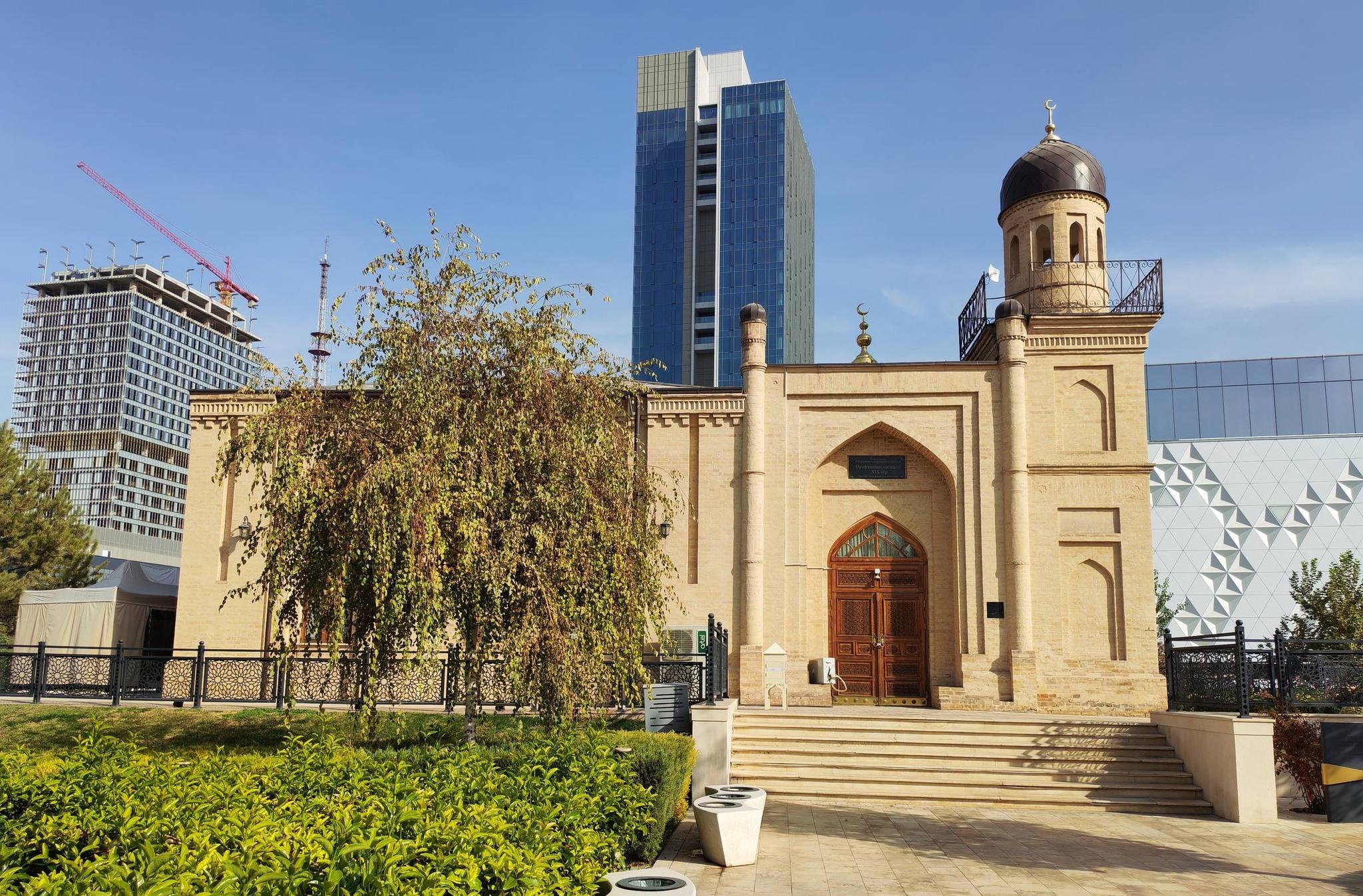
Every Tashkent resident is familiar with this abbreviation — TashMI. It has long become not only the name of an educational institution but also the main landmark of the district: here is the hospital and one of the most beautiful historical buildings in Central Asia.
In
1900, a preparatory school of the Second Orenburg Cadet Corps opened in
Tashkent. Specifically for it, in 1901, a beautiful building was constructed on
the left bank of the Salar canal. After the school was relocated to the new
building, it was transformed into the Tashkent Cadet Corps.
The
first graduation of cadets took place in 1908. In the future, many corps
graduates served in the Turkestan rifle and artillery units.
In
1920, the building of the former cadet corps housed the medical faculty of the
newly established Central Asian University. In 1935, based on the faculty, the
Tashkent Medical Institute was opened, where doctors, pharmacologists, and
hygienists were trained.
In
the 1970s, construction of the buildings of the "new TashMI" began in
the northwest of the capital.
In
1990, based on the old and new buildings of TashMI in Tashkent, two medical
institutes were established — the First Tashkent State Medical Institute and
the Second Tashkent State Medical Institute.
In
2005, based on these higher education institutions, the Tashkent Medical
Academy was formed.
In
2014, the "old TashMI" was transformed into the Tashkent State Dental
Institute.
Currently,
the old buildings of TashMI are undergoing restoration. The ancient territory
with large trees and remarkable architecture continues to attract tour guides
and Tashkent history enthusiasts.

In 1865, a military fortress was built on the left bank of the Anhor, near the Qaytmas Gate. Surro...
All Tashkent residents notice the French Embassy building located at the corner of Yahyo Gulomov an...

In 2007, the Hastimam or Hazrati Imam complex was opened in honor of the great theologian and schol...

The mosque, striking with its unusual lines, is located within Tashkent City Park. This distinctive...